5 Tips for Shooting Better Photos of Your Dog or Cat
![]()
I’m not ashamed to admit it. I regularly use my fancy camera to photograph my cats.
You probably do it too. A new lens or camera arrives in the mail and you immediately lose sight of all the daydreaming you’d done while waiting for your package to arrive. You may have envisioned yourself photographing a beautiful landscape or capturing that perfect moment in perfect lighting of a friend candidly laughing. Pet photography is the farthest thing from your mind. You tear off the bubble wrap and what do you shoot first? Cats.
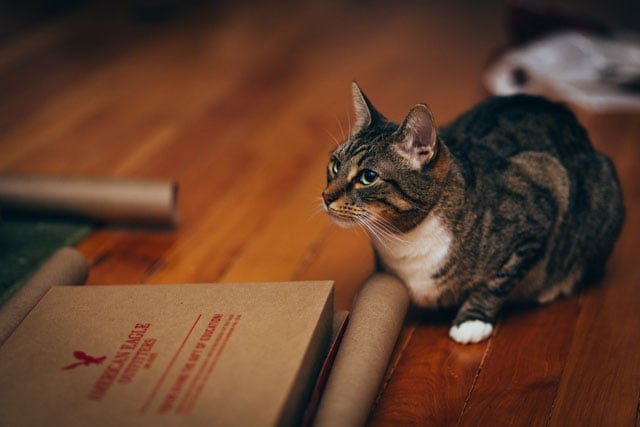
Cats is always the answer. Maybe that’s just me, but as soon as I realized that this was happening (expectation vs. reality), I started to embrace it and I started to enjoy it. Cats are great for testing a lens’ sharpness. Also, they are adorable and people love them.
In an age where you can make a living off of your Instafamous pet, there really isn’t any shame in hashtags like #catsofinstagram or #dogstagram. In fact, if you’re a working professional and you’ve got the itch to share your pet’s latest and greatest portrait, you ought to know what hashtags you should be using. Cats and dogs are family and unlike babies, you probably actually enjoy seeing them in your social media feeds. For that reason, they are a valuable marketing tool.

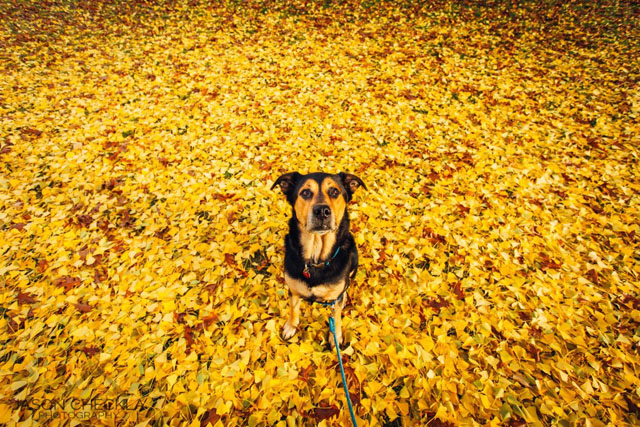
With all that in mind, here’s my advice on how to master pet photography and best capture your furry friends:
Tip #1: Know Your Pet
…or the pet that you are photographing. It’s best to try and capture your cat or dog in a moment where they are showcasing their personality. If you have a lazy pet, consider capturing them in their sleep. If your pet is high-energy, grab a favorite toy of theirs and catch them in action. The easiest time to get those dog-action shots is when they’re running back your way with the toy or stick that you threw for them. The easiest time to snag the perfect portrait is right after you’ve worn them out from a game of fetch.
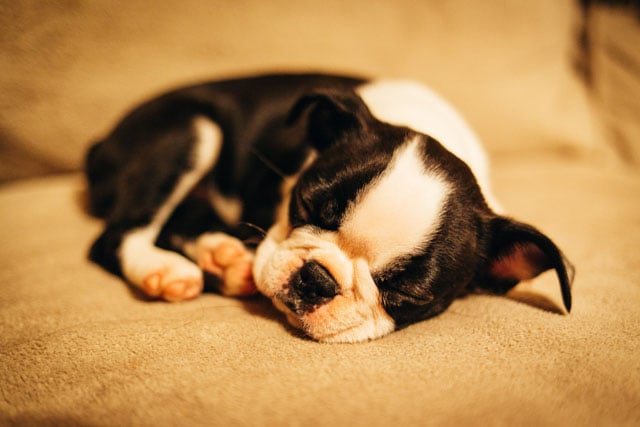
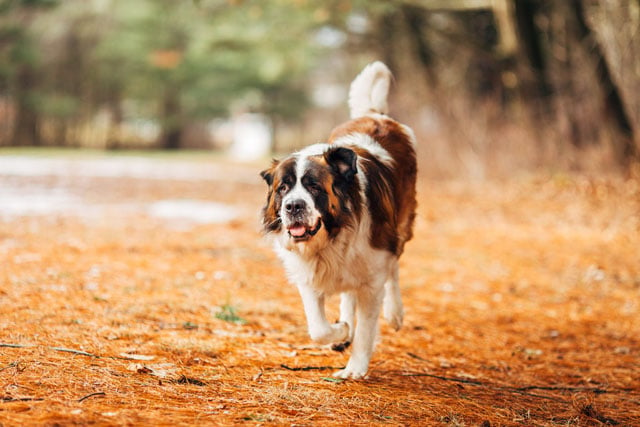
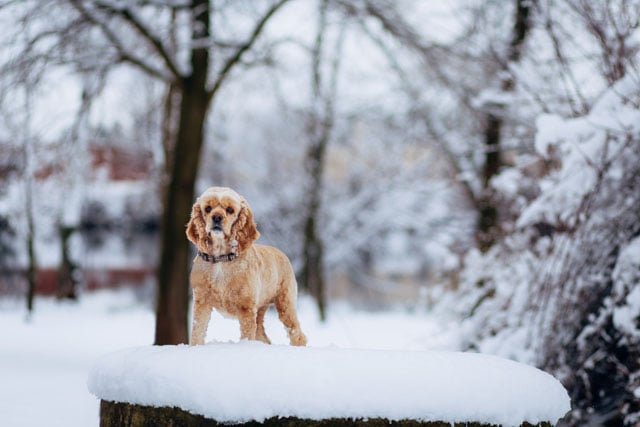
Tip #2: Get On Your Pet’s Level
This is a big one. Most of my favorite pet photography portraits have been taken when I’m literally laying on the ground. This puts you on their level and gives you and your viewer more of a perspective into what it’s like to actually be a dog or cat. The alternative is the human-pet perspective that we have with animals on a regular basis. A bonus to this perspective is that they tend to look at you funny too. Sometimes this comes at the expense of getting a little dirty when outside, but it’s worth it for the results.
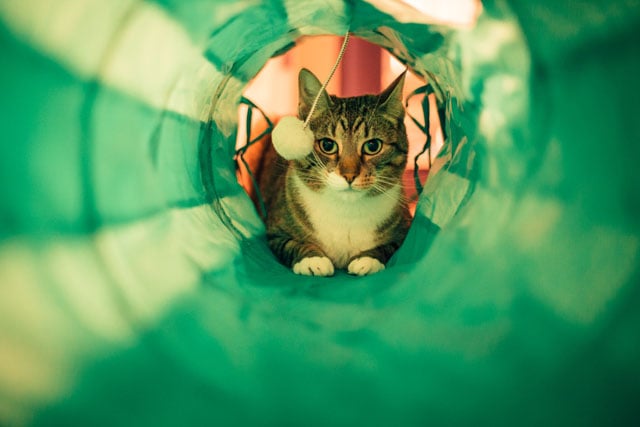
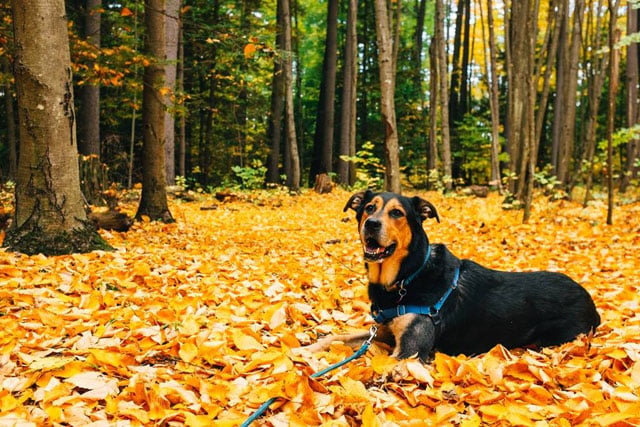
Tip #3: Use the Right Lighting and Settings
This is the more technical stuff. The same lighting that is flattering to humans is flattering to animals. Most of the time when I’m shooting cats, the light source is a window. With dogs, it’s the late afternoon sun. At mid-day you’ll have a hard time dealing with harsh contrast, which is especially difficult when shooting black dogs. I prefer natural lighting when available. If you must shoot mid-day, try to find a large shaded area.
If your pet isn’t asleep, it’s a good idea to use as quick a shutter speed as is practical for the situation. Actually, that applies to nearly all photography. When indoors, I typically try for 1/125s or faster and compensate for the lack of light by shooting wide-open or close-to-wide-open with some of my faster primes and by bumping the ISO. With the Canon 6D I can get away with upwards of ISO 10,000 and still clean up the noise nicely in post. Never compromise on shutter speed with fast-moving pets, because you are compromising on sharpness. My favorite cat lens (if we’re going to call it that) is my Sigma 35mm f1.4 Art. My favorite dog lens is the Canon 85mm f1.8.
When a dog is running at me full speed, I’m usually shooting somewhere between 1/1250s and 1/2500s. I find that both of these shutter speeds are acceptable for freezing a dog in motion. My aperture will be set to f2.8-f5.6 and my ISO often around ISO 1000. Auto-focus set to servo-mode if your pet is moving. Generally I use the center focus point and crop in post to make my compositions more interesting. If you bump the shutter speed a bit higher (1/3000 or 1/4000) you’ll start to freeze things like dirt being kicked up, water being splashed or rain/snow as it falls, which is AWESOME.
It’s difficult for me to be too specific, because oftentimes the answer is, “it depends.”
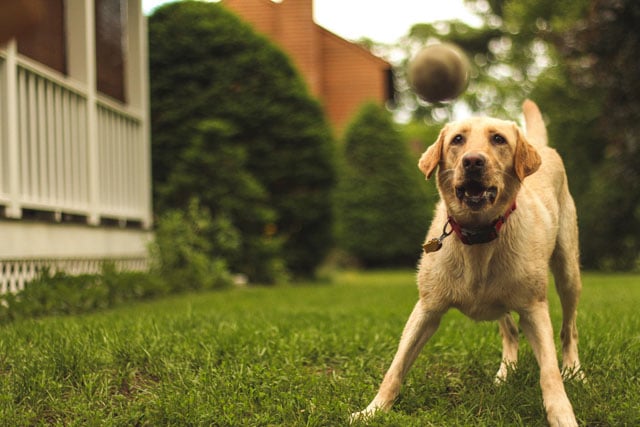
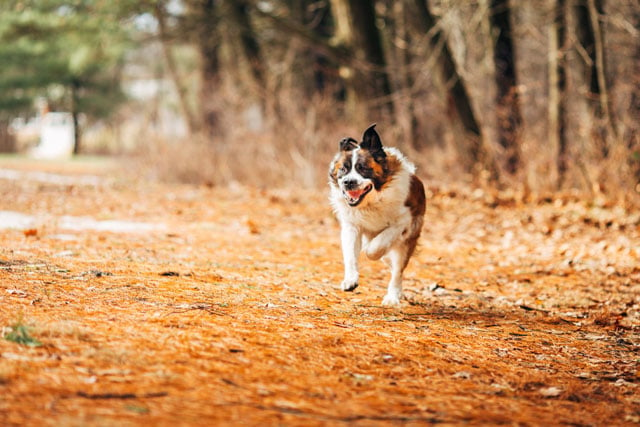
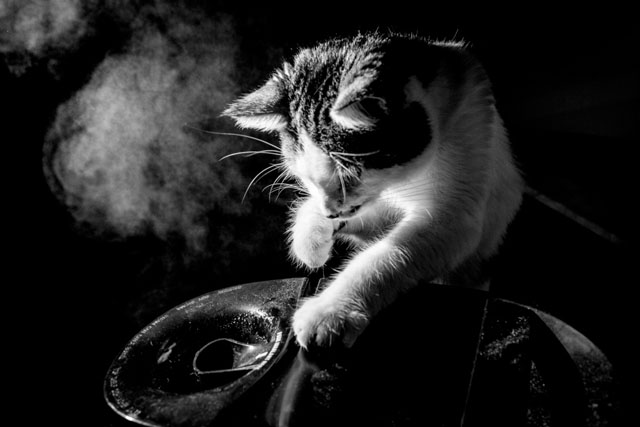
Sometimes I like to get really creative with the lighting (as seen above). Firing a speedlite from off camera, I was able to not only highlight the steam coming from the humidifier, but the directional lighting helps to indicate just how fluffy the cat is.
Tip #4: Be Patient
You can fire away at however many frames-per-second you want and hope to get the right shot, but the more I’ve practiced pet photography, the less I’ve found myself shooting this way. It think it pays off bigger to be patient and wait for the right moment. It helps to anticipate what your pet is going to do next and shooting in smaller bursts (2-3 shots). Don’t expect to get the perfect shot on the first try, just keep shooting until you know that you have. If you don’t get the shot, don’t get discouraged. Try again later.
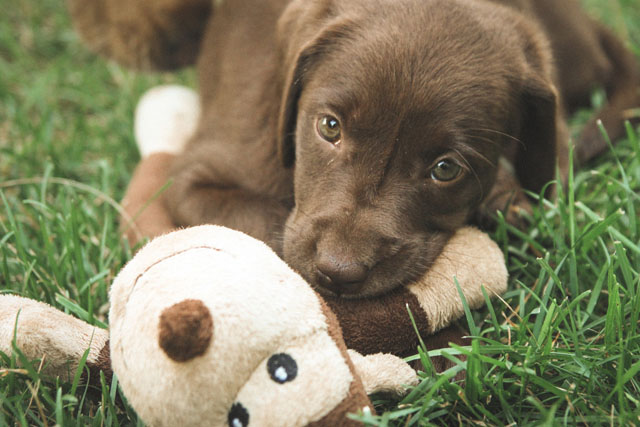
Tip #5: Get Creative and Have Fun
It sounds really obvious, but the best photos will come when you put the most effort into being creative and having fun. This is another tip that applies well to photography as a whole. Create circumstances with toys and treats, use foreground and background objects to create environmental interest, get high and low, vary your distance from your pet, play with lighting, etc. You get the idea. Backlighting from the setting sun is my favorite.
Did I mention treats? You definitely want to have some food on hand, if only to make the pet like you. If you’re photographing someone else’s pet, ask them the best way to get the pet’s attention. Better yet, ask them to play with the dog and get the attention drawn towards the camera.
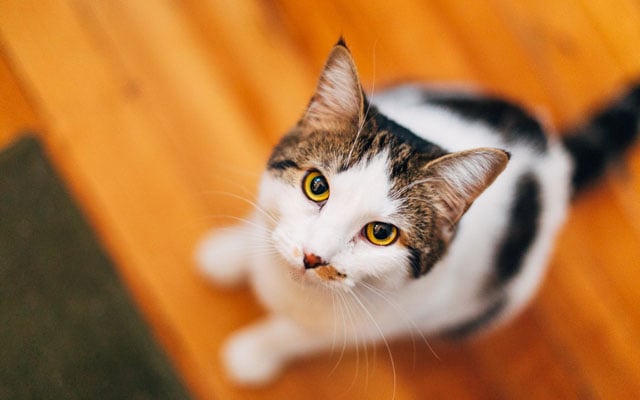
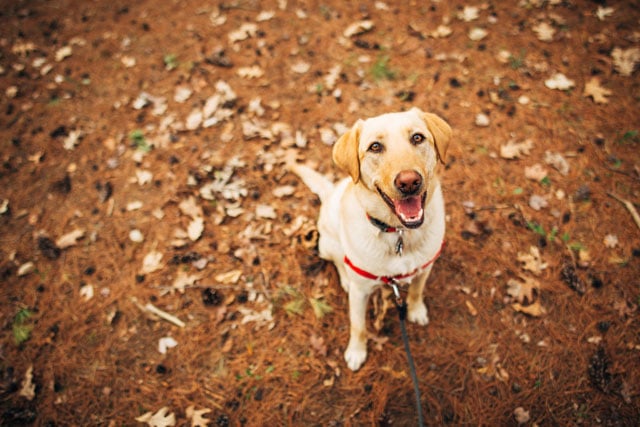
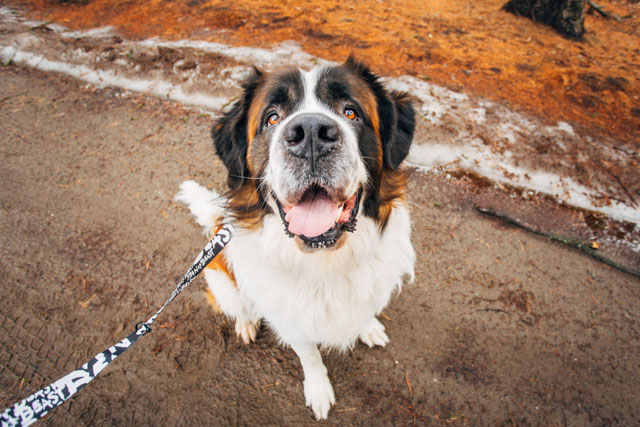
I make it a point to photograph dogs with a wide angle lens at every shoot. The way that a wide angle lens pulls you into the photograph works well with the human-pet perspective, especially when you can see the leash. Not to mention the way the perspective distortion makes their noses look hilarious. Note: this is exactly why you do NOT photograph your girlfriend with a wide angle lens.
Good luck, and happy shooting!
About the author: Jason Checkla is a family and engagement portrait photographer based in Glens Falls, New York. He’s also free to photograph your pet. You can see more of his work and connect with him on his website, Facebook, Twitter, Flickr, and Instagram. This article was also published here.